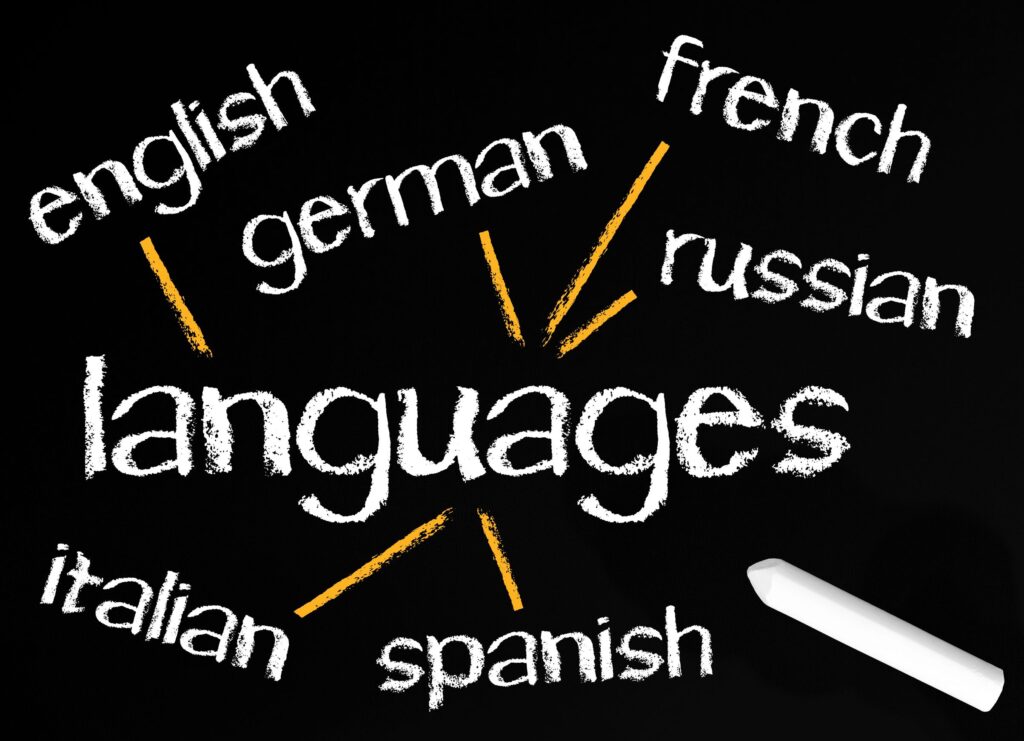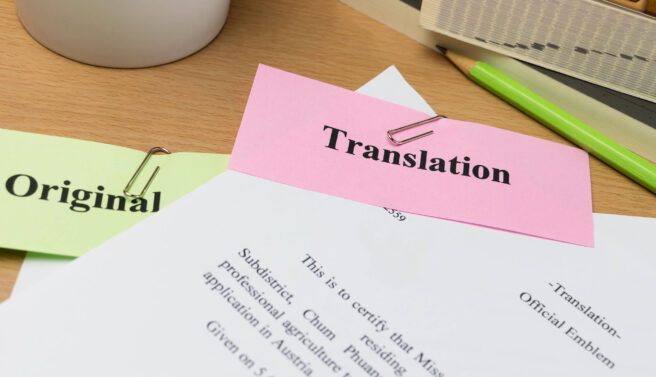On Wednesday, September 23, the world will observe the annual celebration of the International Day of Sign Languages. The day focuses on people who are deaf or hard of hearing and people with speech disorders. Sign language is their way to communicate with people who have the same disabilities as them. Although the number of users of sign language is difficult to establish, it is believed that in the United States, it is the fourth most used language.
Did you know?
Sign language interpreters commonly use sign language, and people who are hard of hearing, deaf and mute. But they are not the only ones that use sign language. It is also a means of communication for people suffering from different health conditions:
- It is a speech disorder caused by brain injury or stroke.
- Sign language is used as a tool to encourage speech development for children with autism to encourage their speech development.
- Cerebral palsy. Some children with cerebral palsy can hear but cannot speak. They are unable to control the parts of their body that produce speech. Thus, they use sign language for communication
- Down syndrome. Parents of children with Down syndrome realized two things. Some children who use sign language did not motivate them to learn to speak because it was easier to sign. On the other hand, some parents use sign language to push speech development in their children. Most of the children later dropped using signs when they could already speak.
International Day of Sign Languages
Each year, the celebration of the International Day of Sign Languages has a unique theme. For this year, the World Federation of the Deaf is promoting Global Leaders Challenge, urging global, national and local leaders worldwide to encourage the use of sign languages by cooperating with organizations led by the deaf and each nation’s associations of deaf people.
Sign languages are natural languages that are different from spoken languages but hold the same status.
The day was proclaimed by the United Nations to promote the importance of sign language in recognition of deaf people’s human rights. Under the resolution of the UN General Assembly, countries should make it easier for people to learn sign language and raise awareness on the deaf community’s linguistic identity.
The International Day of Sign Languages came about based on the proposal of the World Federation of the Deaf (WFD), an organization comprising 135 national associations of deaf people, representing over 70 million people. The date of the celebration coincides with the establishment of the WFD in 1951. The first celebration of the International Day of Sign Languages was in 2018. The international celebration is part of the International Week of the Deaf, which started in September 1958.
National American Sign Language Day
While the international community celebrates the International Day of Sign Languages in September, Americans celebrate another sign-language related day, the National ASL Day, which they commemorate each year on April 15.
The history of the American Sign Language (ASL) is impressive. A school for the deaf was established in 1815. The founders wanted to create an integrated language for people who are not capable of verbal speech. The initial sign language combined French Sign Language, Native American signals, Martha’s Vineyard Sign Language, and various other existing sign languages.
After its creation, ASL spread worldwide, around North America into Southeast Asia, West Africa and Central Africa. Before other countries developed their version of sign language, they used American Sign Language.
The creation of the American Sign Language opened communication portals for many people who are not capable of verbal speech.
How many sign languages are there around the world?
Although many countries adopted the American Sign Language initially, different countries started developing their versions. Worldwide, people use about 144 different types of sign languages, according to Ethnologue. Italy uses the International Sign, which was previously known as “Gestuno.” The deaf community around the world has 125 unique sign languages. Eighteen countries use shared-signing language.
Although some countries share the same spoken language, they have a different version of sign language. The United States, Canada, New Zealand, the UK, and Australia use English as their primary language. But when it comes to sign language, the ASL is patterned after the French Sign Language. The sign language versions that the UK, Australia and New Zealand use are structurally different from ASL.
Many people start learning sign language through its alphabet, or fingerspelling. Learners use the specific alphabet to indicate a particular word, for example, o-a-k (oak), while they also have a general sign for ‘tree.’
Some sign languages use only one hand, such as the sign language of France and the United States. Others, such as the British Sign Language, New Zealand Sign Language and the Australian Sign Language, use both hands. Other sign languages have unique features. For example, the Japanese Sign Language Syllabary use phonetic syllables patterned after the Japanese alphabet.
Features of different sign languages
In the United States, three forms of sign language are used. American Sign Language is a manual, natural and free-flowing language. It can be translated into a spoken language, with its own grammar, syntax and idioms. ASL is used in several countries worldwide.
Among the deaf persons in the U.S., the most common is Pidgin Signed English (PSE). Its vocabulary is derived from ASL. It adopts the English word order but typically drops word endings, connecting, and filler words. PSE is often used by teachers.
The third form is Signing Exact English (SEE), which is signing word for word. It uses the signs from ASL but expands them with tenses and prefixes. SEE provides a broader vocabulary to the signer. Parents often use it with deaf children as SEE visualizes English.
The Australian Sign Language (Auslan) uses two primary dialects, Southern and Northern, which have different signs for days of the week, colors and animals, but the same grammatical structure.
The British Sign Language (BSL) uses different dialects according to the region. Its alphabet is two-handed. In contrast, the Chinese Sign Language (CSL) uses a one-handed alphabet, which represents written Chinese characters based on the Shanghai dialect.
In Northern Ireland, the deaf community used the Irish Sign Language (ISL), which is closer to ASL and the French Sign Language than the British Sign Language. The sign language is unique and not related to Irish or English languages.
The Japanese Sign Language (JSL) is also unique. To distinguish between the letters and signs within its alphabet, signers use mouthing and fingerspelling and often use air-drawn Japanese characters.
Across Spain, signers use the Spanish Sign Language (SSL). But in the city of Valencia, signers use Valencian Sign Language. In Catalonia, they use the Catalan Sign Language.
Famous deaf persons
Based on history, many would consider Louis Laurent Marie Clerc as one of the most famous deaf persons. He graduated from Abbé de l’Épée in Paris, which was the first school for deaf children. The school was established in 1755. Thomas Hopkins Gallaudet recruited him, and the two educators founded the American School for the Deaf in 1817. It was previously known as the “Connecticut Asylum for the Education and Instruction of Deaf and Dumb Persons.” (During those times, ‘dumb’ meant a person who was unable to speak.)
The school, which is the oldest permanent school for the deaf in the nation, is located in West Hartford, Connecticut.
The work of Laurent Clerc led to American Sign Language’s development.
The German pianist Ludwig Van Beethoven is another famous deaf person. Beethoven started losing his hearing at age 26. He produced some of his greatest classical masterpieces, such as Moonlight Sonata, the Fifth Symphony, the Ninth Symphony, and Fur Elise when he was 52 years old and completely deaf.
Motion picture, phonograph, the light bulb – these are just some of the works of American inventor Thomas Edison. He started losing his hearing when he was still a child and believed to be completely deaf when he was a teenager. He used his deafness to focus on his various projects. One of his greatest inventions was the light bulb, and the electric power generating system to provide electricity to factories, businesses and homes. But he said his favorite was the phonograph, which took him 52 years to finish.
Helen Keller was a writer, political activist and educator. The illness she contracted when she was only 18 months old made her mute, deaf and blind. She developed a simple form of sign language so she could communicate. Anne Sullivan, a friend of hers, taught her fingerspelling and alternate ways to communicate.
She was the first deaf/blind person to receive a Bachelor of Arts degree and later became a writer and global communicator. She worked tirelessly to support blind people around the world, including the blinded soldiers and war veterans.
Call eTS when you need a sign language interpreter
We at eTranslation Services joins the international community in celebrating the International Day of Sign Languages. If you need a professional sign language interpreter, kindly send us a message through [email protected] or call us at (800) 882-6058. Our interpreters live in-country, and we can connect you with them quickly. Our rates are competitive, and our language services are excellent. Please get in touch with us, and let’s discuss your language service needs.



